How to choose art for your home – 10 ways to curate a collection of beautiful artwork
Knowing how to choose art will give you confidence to create a uniquely personal display. Here, our experts advise


Knowing how to choose art for your home can have a major impact on a room. When it comes to designing interiors and outdoor spaces too often artwork is treated as an afterthought.
When chosen thoughtfully, though, art has the ability to transform a space and infuse it with personality. So, if you are interested in interior design – even if only for your own home – use this expert guide to choosing art, and begin to create a collection you will love.
How to choose art for your home
Knowing how to choose art for your home is part gut-instinct, part learning. Ultimately, the art you choose for your own home has to speak to you alone – but to find art that really works with your interiors, these tips, from interior designers and gallery experts, will be invaluable.
1. Use art as the starting point for interior design schemes
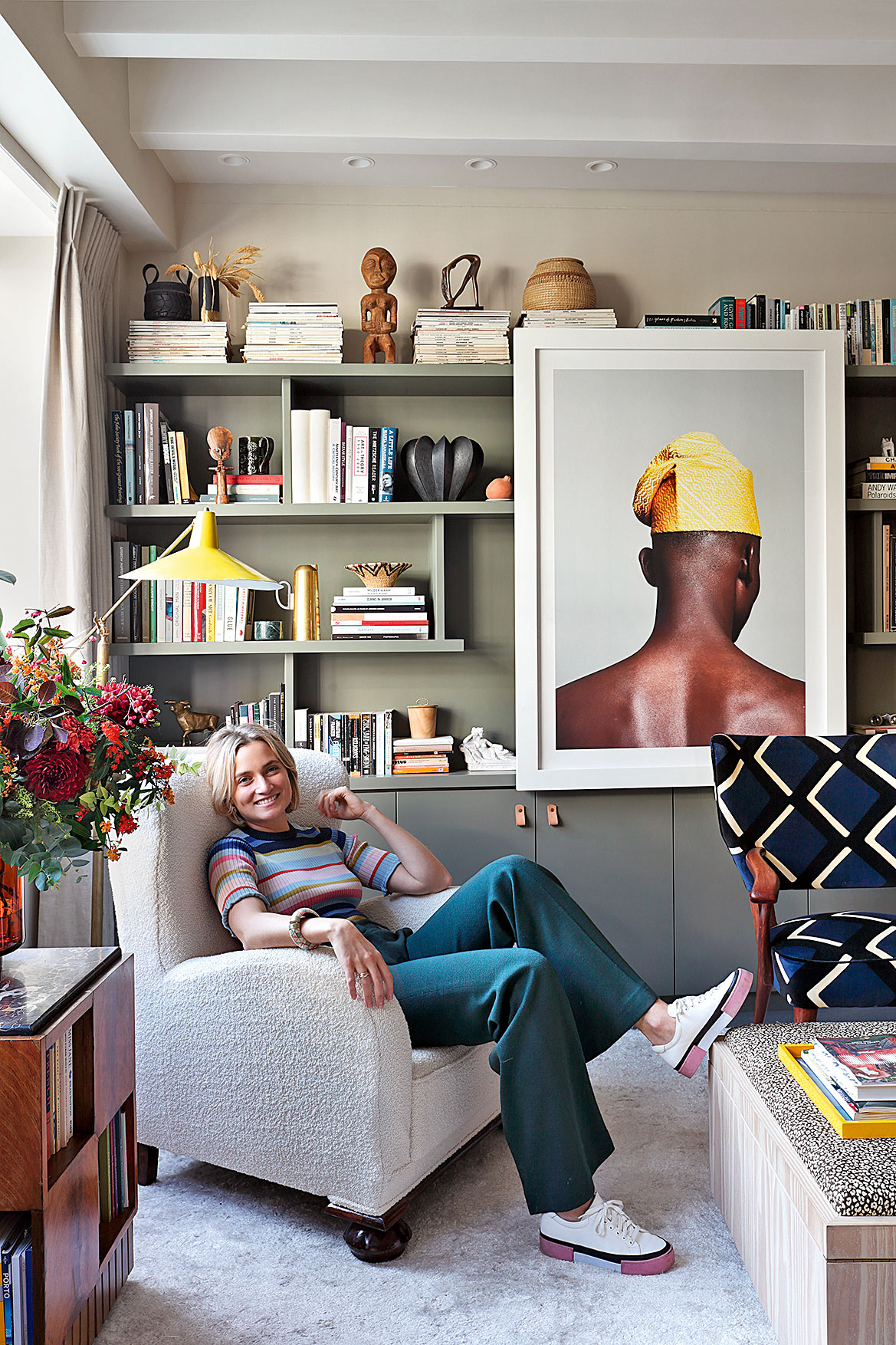
'Art is the most powerful tool in any room, and sets the tone for everything else. In many ways, furniture is relatively transient and doesn’t necessarily last forever, whereas art is often passed down from generation to generation,' says interior designer Sophie Ashby (above) of design agency Studio Ashby.
'So think about your artworks right from the beginning. I find it works badly if it’s used as an afterthought as it doesn't just sing in the same way. My experience is that people get intimidated when buying art and can get a bit stuck and don’t know how to make choices. It’s best to head that off at the beginning, and start thinking about it and integrating it from day one and then through every review of the design you’re looking at everything in the context of the art. I believe that until the art is hung at the end, a space just doesn’t feel finished.
'Start by deciding if you already have something you want to use, or do you need to source a piece, or is there an artist you’d like to commission something from. In some ways it’s easier if you already have a collection, but it can also be more fun finding new pieces to use in the space.'
Interior designer Rachel Chudley continues: 'Starting with an artwork is almost like cheating a little bit, because it gives you an instant focus point and gives you an instant palette. A large painting can anchor the color palette for much of a room. The wall shades should reference the painting without mimicking it. A common misconception is the need to match the colors exactly to a work of art in order to work with it. Instead, be inspired by the painting.
Sign up to the Homes & Gardens newsletter
Design expertise in your inbox – from inspiring decorating ideas and beautiful celebrity homes to practical gardening advice and shopping round-ups.
'I love starting a scheme with an artwork but, conversely, some of my favourite rooms didn’t have an artwork to start with. Doing it this way round can produce such creative interiors because you’re really forced to think outside the box.'
2. Choose artwork to set the mood of a room
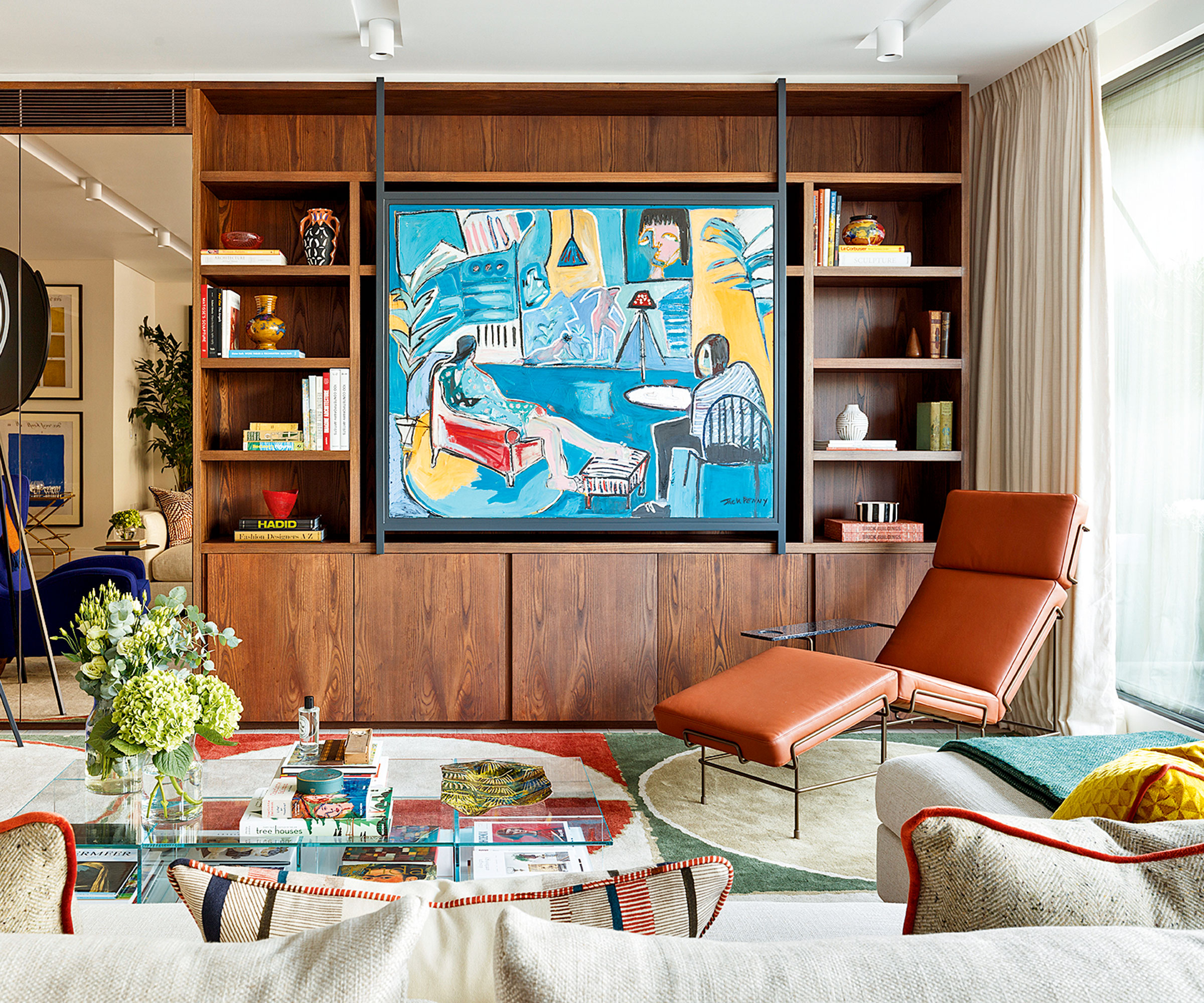
'I think the main starting point is to be quite dynamic, and not too flat,' continues Sophie Ashby. 'That isn’t to say that it necessarily has to be vibrant and bold, there just needs to be quite a lot going on. I like quieter artworks, but they’re better layered in later once you’ve found the main event.
'The artwork can be an inspiration for color, but even more than that, mood. Say a beachy photograph, or something holiday-inspired would sit well for kitchen art ideas, or another largely daytime space. Whereas something more intriguing or challenging might work better in a space which you’re going to spend evenings in. So it’s placing the piece in the right room to suit the mood and then expanding on the mood from that.
'If an artwork just doesn’t seem to work, a lot of things can be improved simply by reframing. Those are the sorts of things that can make it feel dated or off.'
3. Invest in pieces you love
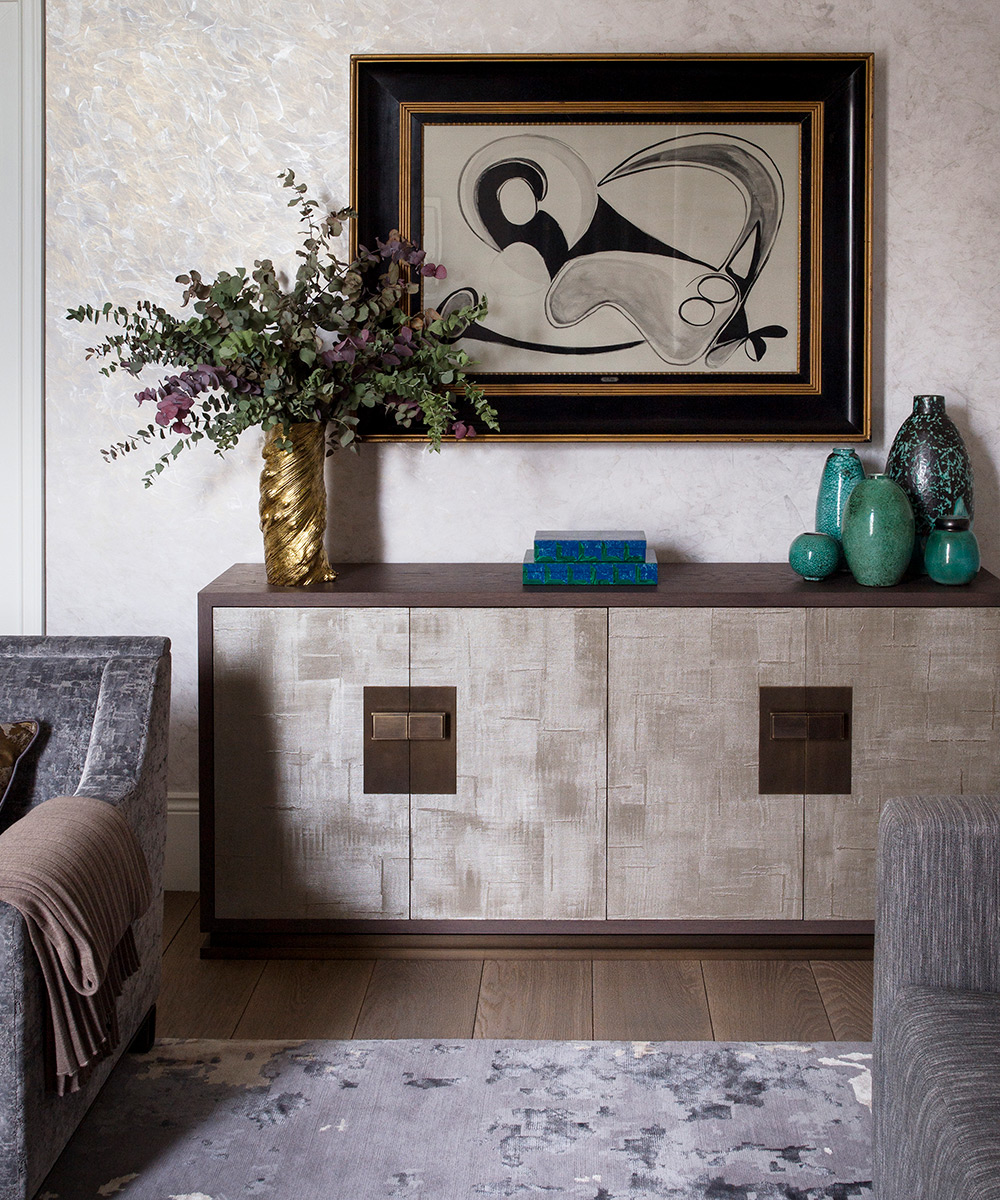
'Here’s my first tip when choosing a work of art: just fall in love with it,' says Federica Barretta Director of Opera Gallery London. 'A work of art needs to speak to you, to move you, to make you dream, to inspire you every day – you need to feel it.
'I have seen many clients fall in love with a work, who then go on to explore other works by different artists, but always come back to their first love (a first love is never forgotten – if it is still available!).'
Ian Hay, the Director of The Saul Hay Gallery agrees: 'Unless you are a top art expert, you’re not going to be able to second guess what will go up in value and what won’t. The fact remains that if you buy a good quality piece of art from a reputable gallery by an artist with a good output then the chances of it going down in value are very slim.
'Art is rarely going to be a bad investment but often it can take years, if not generations, for art to go up significantly in value. Think that what you’re investing in is 30 years of enjoyment of the piece and buying something that you could pass down to your family.'
Ian Hay also says that buying art to celebrate an occasion can give it more meaning. 'Buy a piece of art that marks a milestone, whether that’s a key birthday, a wedding or a smashed target at work. Seeing it every day will remind you of the celebration and make you smile.'
Interior designer Rachel Chudley agrees: 'I would never advise acquiring art to match an interior, but I would also say that an art collection should be an extension of your personality, as should an interior. It should bring joy – I really believe that living with art makes people happier.'
4. Shop for art in person – but research online
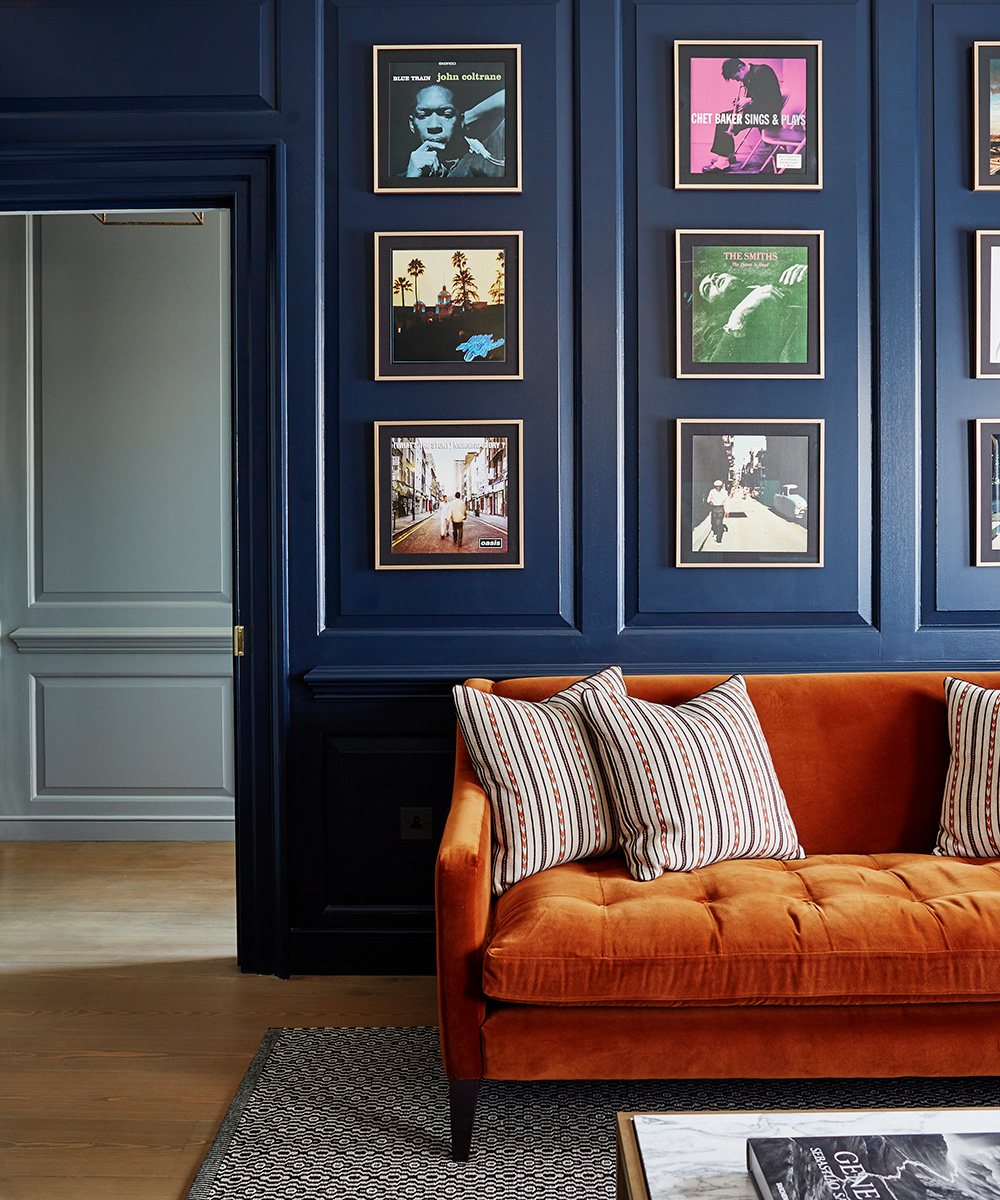
'Everything can be bought online nowadays, including works of art, but the offline shopping experience will always have an additional value, due to the physicality of the object, and the way it can speak to you in the flesh and can shape the surrounding space,' says Federica.
'That said, if collectors are familiar with the artist and trust the gallery, then acquiring the piece online might prove more practical in some cases, as well as allowing a more thorough comparison of different options.'
Ian Hay agrees that research is important – and enjoyable. 'Look at as much art as you can. When allowed, head to as many galleries as possible as nothing beats seeing something in the flesh. In the meantime, and as well as – look online; there’s an infinite amount of places you can get inspiration from with major galleries and commercial collections having fantastic online catalogues.
'Other online platforms such as Saatchi Art contain work of artists from all over the world to browse through. You can even search by specific types of work, color, size and style. The more you see, the more you appreciate and the more you will form your own taste.'
5. Do due diligence
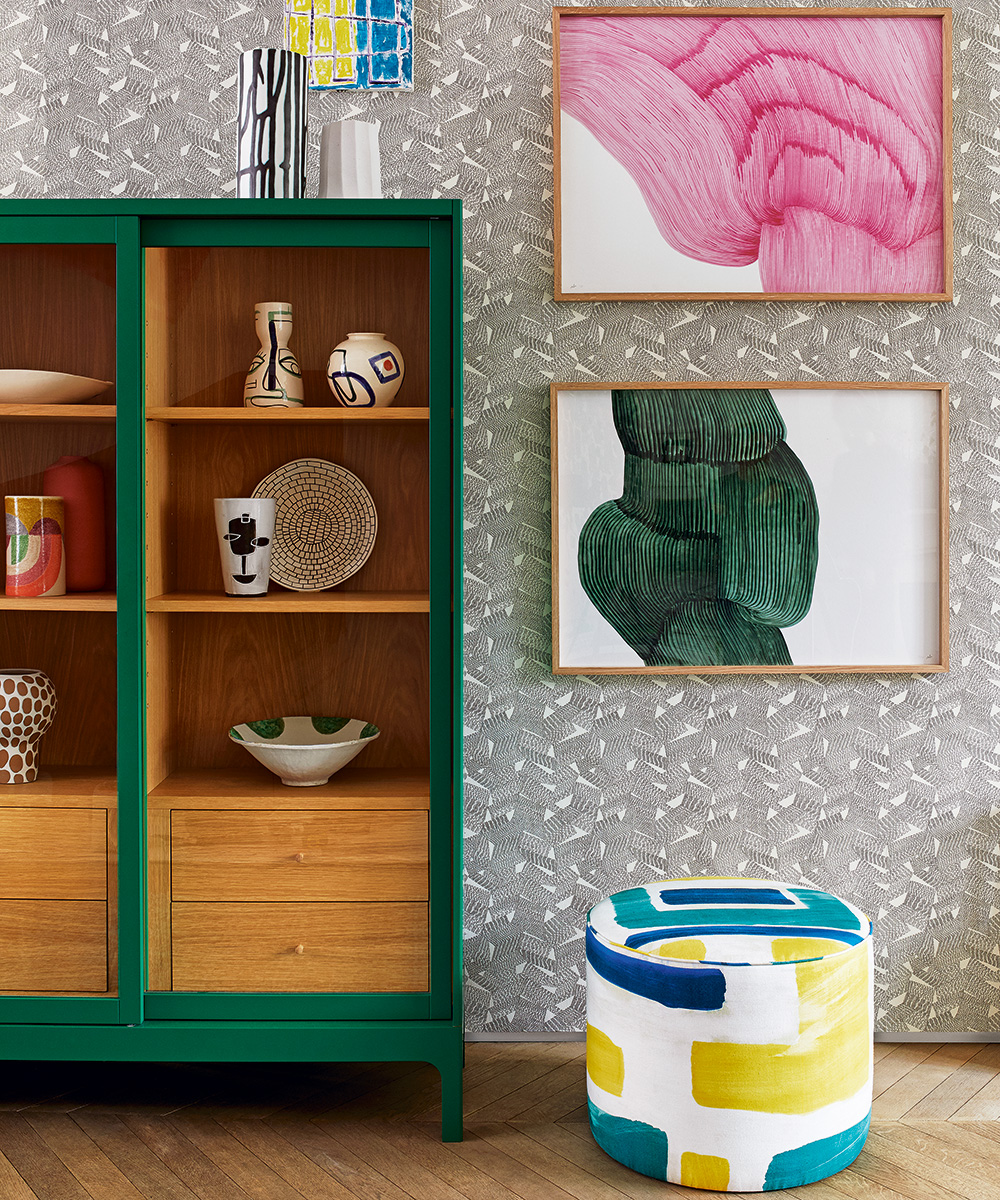
'I also recommend conducting due diligence duties on an artwork: your advisor needs check that the paperwork, provenance, and dating of the work are immaculate,' says Federica.
6. Choose art to suit a particular space in your home
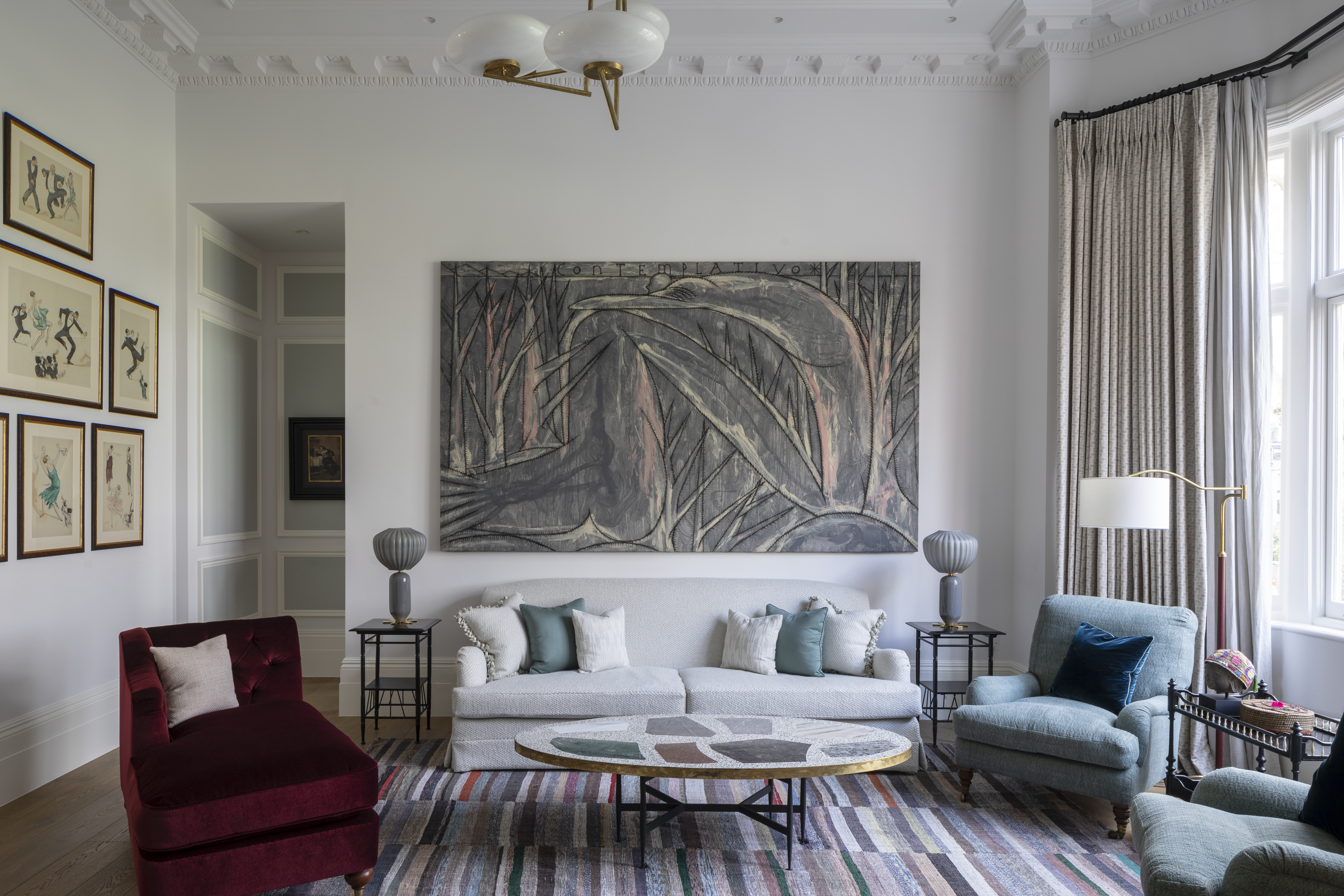
'Knowing what overall ambiance you are aiming to achieve in your home helps when creating a bespoke selection, and the relationship between the artwork and its surroundings plays a central role when designing the desired atmosphere,' advises Federica on displaying art.
'Think about the architectural features of the room you are buying for, from ceiling height to the house’s color scheme and lighting, when choosing a work of art.
'The function of the room hosting the artwork is something I always consider. For instance, it is quite common for collectors to display the main pieces of their collections in the living room. Since the birth of the modern home, living rooms are where the family gets together and where guests are entertained, making them the best places to showcase the richness and eclecticism of one’s art collection.
'For the bedroom, more intimate works are advisable, such as pieces that have a special connection with the couple or the individual sleeping there – perhaps a souvenir from an unforgettable journey, or a gift for a special occasion.'
7. Consider the room's color scheme
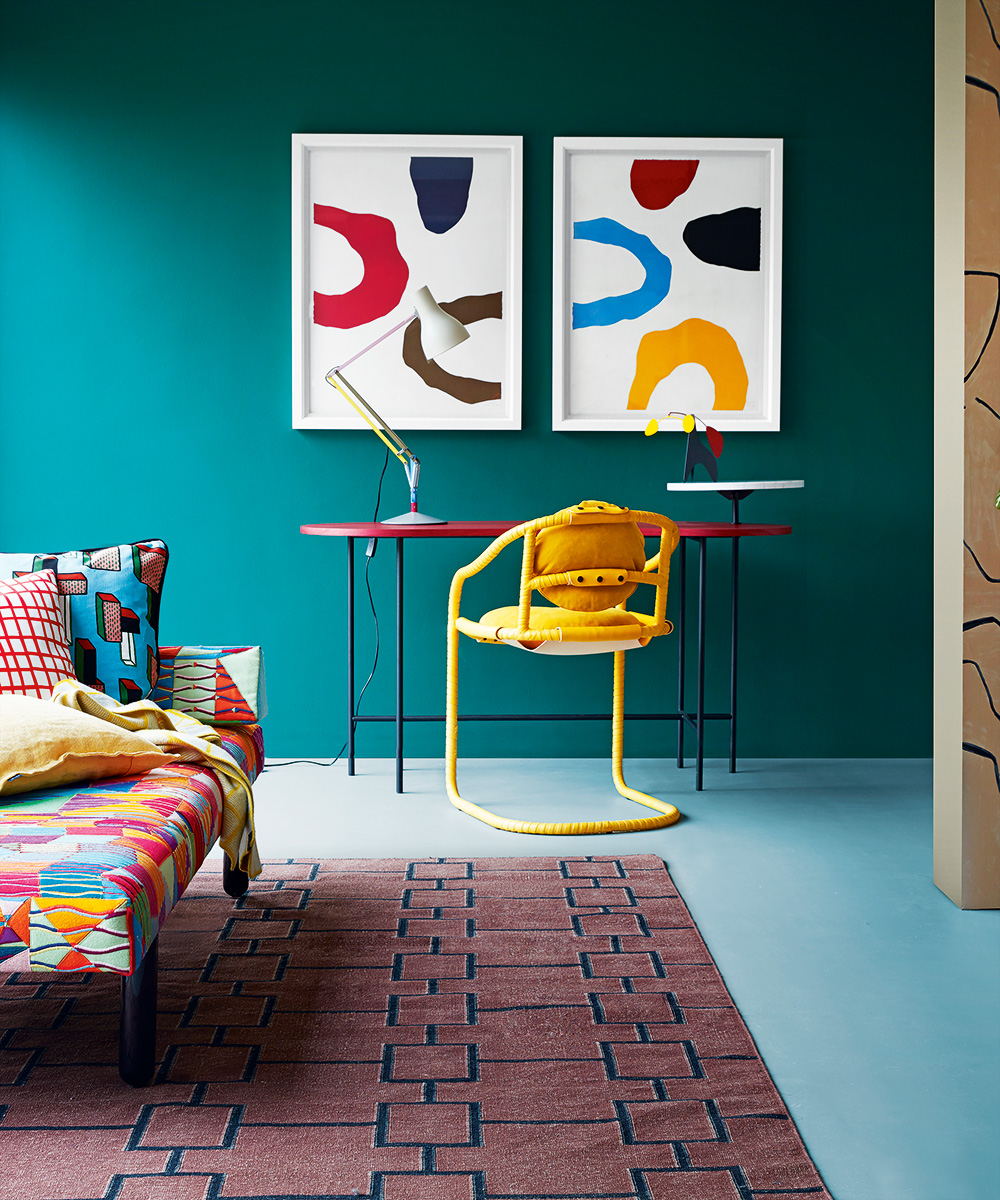
'What atmosphere do you want to create for your space? Dramatic, neutral or harmonious? The artwork’s palette can either match, contrast or redefine the tones of its surroundings, through endless bespoke combinations that can really make a place unique,' says Federica.
'If you are not sure about what to choose, I suggest visiting other gallery or museum spaces, to be inspired by the arrangement of their collections.'
8. Consider the lighting
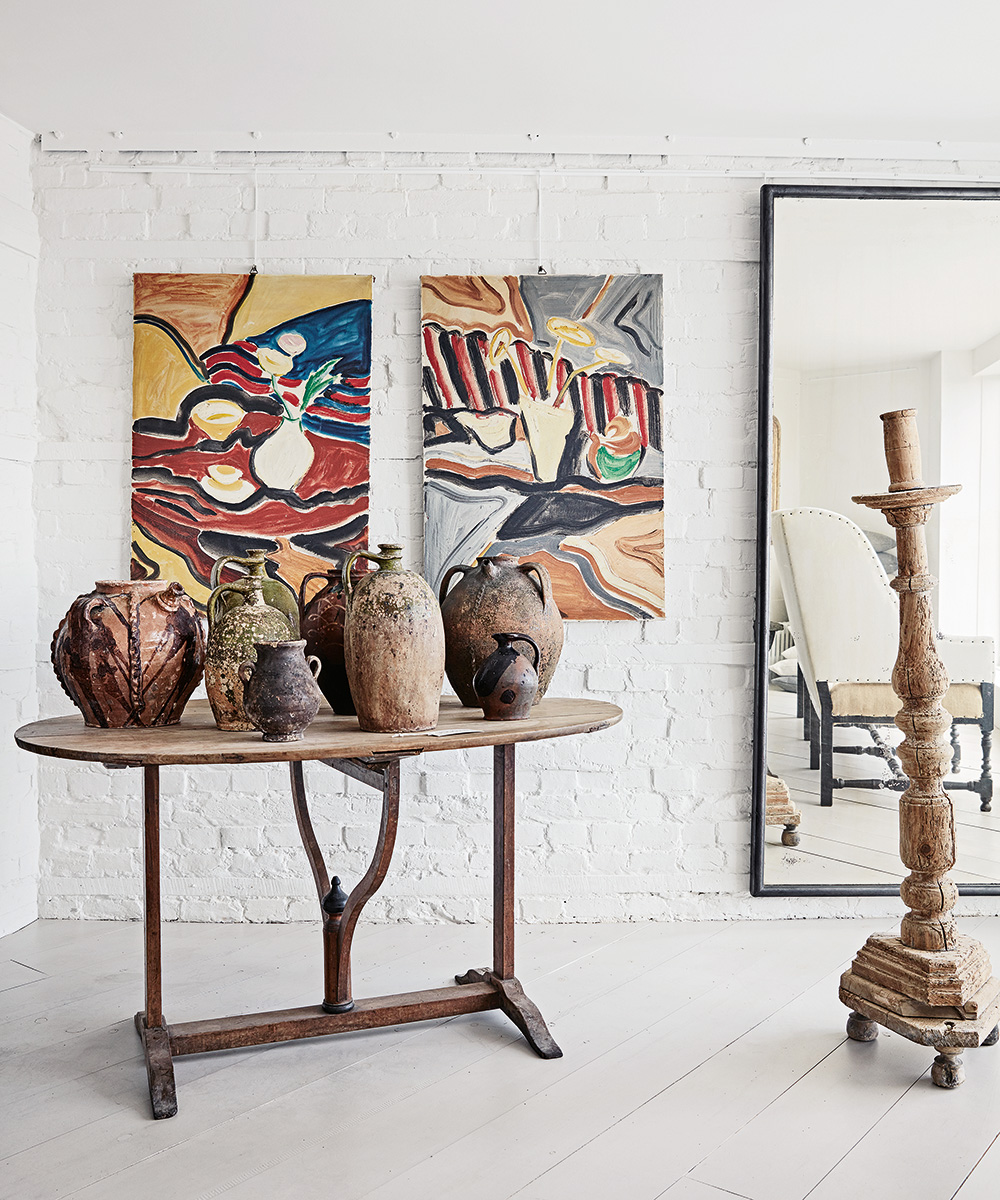
'Firstly, consider the medium of the artwork: is it a painting, photograph, sculpture, or multi-media installation? Depending on the light’s intensity, it is generally recommended to consider glazing both paintings and photographic work with a UV protective and antireflective glass or perspex,' continues Federica Barretta.
'Whatever you do, keep the artwork away from natural light, as this can cause the colors to fade over time. If you have a bright room that you want to buy art for, consider prints that are less expensive and less likely to fade. For sculptures, try positioning a few lights around it: shapes and details can be better appreciated from different angles, if the light comes from different sides.'
9. Pick a complementary frame
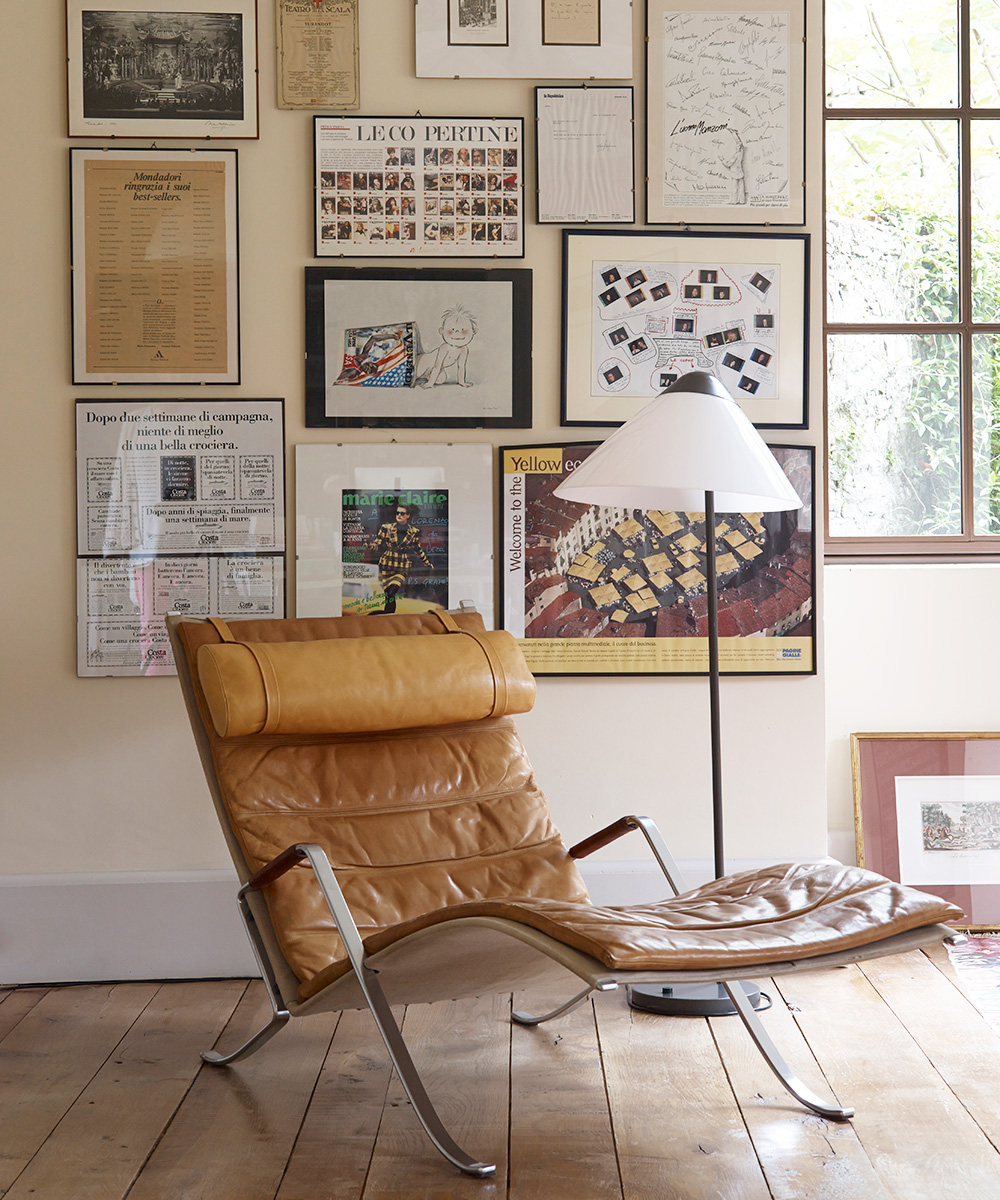
'I always recommending having artworks framed as they provide essential protection to a work of art. Whether you choose a dominant color in the artwork to match the frame, or go for a contrasting color to let the work to stand out, artworks and frames should always be complementary,' says Federica.
'A good rule to keep in mind is to hang paintings or photos so that the midpoint is between 1.5m and 1.6m from the floor.'
10. Don't compromise
'If you are buying a piece of art as a couple who have different tastes, please don’t compromise,' says Ian Hay. 'If one partner loves a piece and the other doesn’t, let them have their piece and they’ll let you have yours. As soon as you start to compromise on art, you’ll buy something that neither likes enough which will only lead to disappointment.'
How do I choose the right art for my home?
There is no 'right art' for a home – it is down to your personal taste and what you love. After all, you will be living with it. However, if you want a piece that chimes with your home, consider pieces that reflect the age of your home and the decorative style and colors you use in your rooms.
'Notice the period styles of your home and if this is something you feel you’d like to stick to, call on the advice of an interior designer to get their opinion on what style or pieces of art would work best if you do have a distinctive period property,' says Ian Hay.
Don't just consider art as pictures, either. 'Art is not just about painting and drawing. There are many different mediums, which can transform an interior – for example we love to incorporate textile art, ceramics, glass or metalwork in our projects,' explains Clara Ewart from interior design studio Kitesgrove.
'We recently sourced a large antique tapestry in Paris, which covered the wall of a country house dining room, and set the tone for the room’s overall scheme.'
Ian Hay continues, 'No one can tell you what you like though people can make suggestions, of course. I compare art to music; you don’t need to justify your taste in music or art – it’s often very hard to do so in words. Art, like music, is instinctive so trust your taste and follow your intuition.'
However, size does have a role to play in finding the right pieces: 'When it comes to buying for your home, measure the space that you want to fill,' advises Ian Hay. 'Come equipped with these figures when you’re shopping in galleries so you know if fitting your favorite piece in your home is actually achievable.'
Where can I find art for my home?
Where to buy art? Finding art for your home needn't depend on a big budget.
'A good place to start is with graduate shows and start-up galleries, and when it’s possible again, open studio events,' advises Kitesgrove's Head of Design, Clara Ewart.
'It’s easy to find smaller, less known artists locally; you might have the opportunity to meet them, see their studio and understand their work which isn’t necessarily possible with a more established artist. For really tight budgets, you can uncover all sorts of treasures in antiques markets, boot sales and decorative fairs.'
Ian Hay of The Saul Hay Gallery suggests making the artwork you choose a very personal thing: 'Buy art that means something special to you; perhaps the artist is from the same place as you, or you have a special connection somehow. For a lot of our collectors, there’s a great philanthropic feeling when buying a piece knowing that you’re supporting a talented local artist whose work you really like where you’re actively helping to keep their career going.
'It’s the same when you buy from any creative who is still alive or in the early stages of their career; by investing in them you’re encouraging them to produce more incredible work.'

Jennifer is the Digital Editor at Homes & Gardens. Having worked in the interiors industry for several years in both the US and UK, spanning many publications, she now hones her digital prowess on the 'best interiors website' in the world. Multi-skilled, Jennifer has worked in PR and marketing and occasionally dabbles in the social media, commercial, and the e-commerce space. Over the years, she has written about every area of the home, from compiling houses designed by some of the best interior designers in the world to sourcing celebrity homes, reviewing appliances, and even writing a few news stories or two.
-
 Nectar vs Layla – which mattress brand is best on test?
Nectar vs Layla – which mattress brand is best on test?I've set the Nectar Premier Hybrid Mattress and the Layla Hybrid Mattress head to head to help you work out which mattress meets your needs
By Emilia Hitching Published
-
 Barack and Michelle Obama's neutral accent chair is the perfect living room focal point – you can recreate their serene style in any-sized home
Barack and Michelle Obama's neutral accent chair is the perfect living room focal point – you can recreate their serene style in any-sized homeThis designer-approved essential fits into every modern living room – it's beautiful enough to stand alone, while pairing well with your favorite cushion
By Megan Slack Published